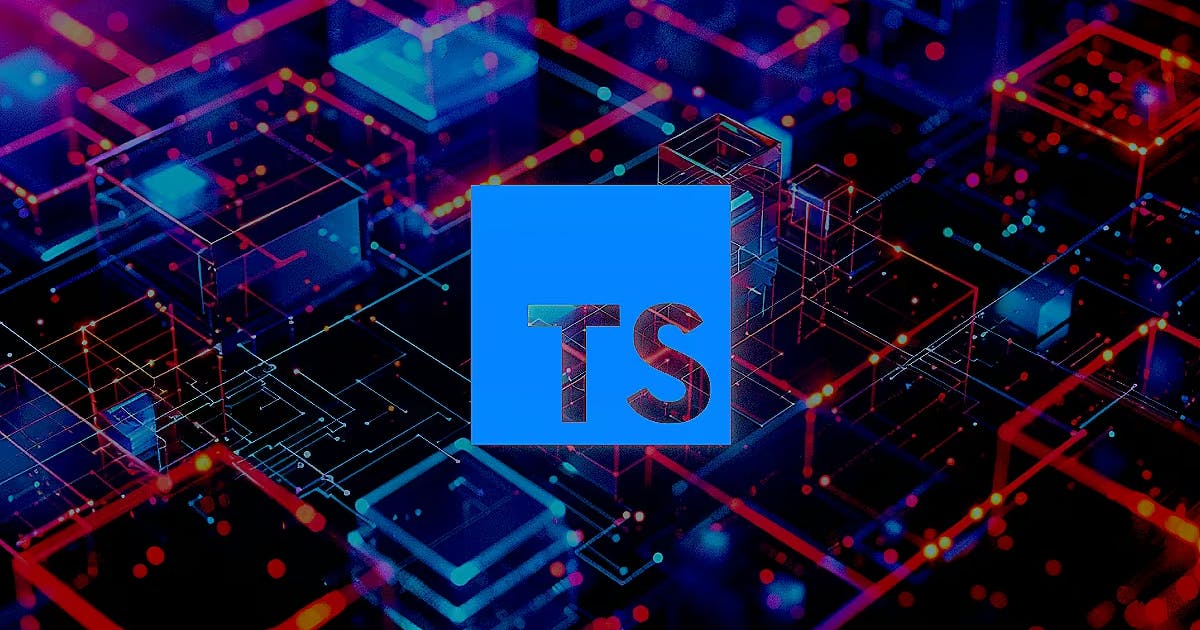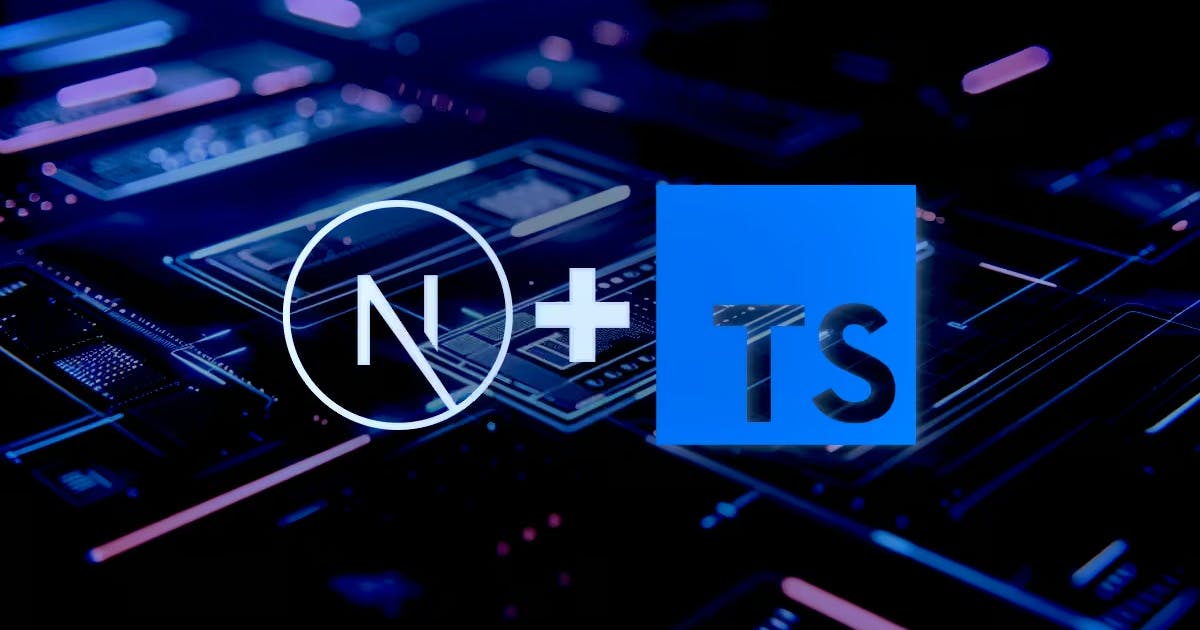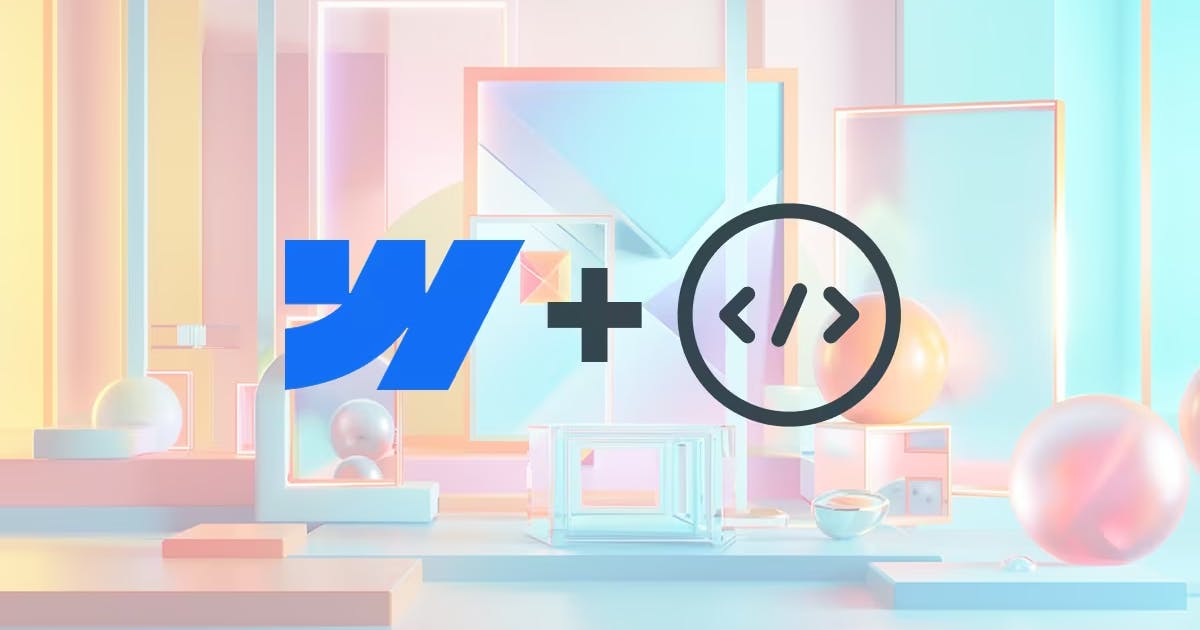
API & Backend Lab
Explore 30+ backend projects with production-ready code, architectural patterns, and deployment strategies.
0 posts
Explore our content organized by topics

Explore 30+ backend projects with production-ready code, architectural patterns, and deployment strategies.
0 posts

Explore cutting-edge web animations and interactions using Next.js, GSAP, and TypeScript. Learn scroll-triggered animations, 3D effects, and performance optimization techniques.
2 posts

Welcome to the Next.js Full-Stack Lab—where modern web development meets practical implementation.
0 posts

Explore all 20 Webflow experiments with live demos, source code, and implementation guides. Transform your Webflow projects from good to extraordinary.
0 posts
Every week, we build 7 new UX engineering solutions that bridge the gap between design and development.
1 post
Welcome to 100 Days of Craft – an ambitious personal challenge that transformed into a comprehensive showcase of modern web development techniques, creative coding experiments, and innovative digital solutions. This collection represents over 100 meticulously crafted projects, each born from a daily commitment to push boundaries, explore new technologies, and share knowledge with the developer community.
What started as a simple challenge to code every day for 100 days evolved into something much more profound: a living portfolio demonstrating the intersection of creativity and technology, a learning resource for fellow developers, and a testament to the power of consistent practice in mastering web development craft.
Every project in this collection embodies three core principles:
Learning Through Building: Each day presented an opportunity to explore unfamiliar territories – whether diving deep into advanced GSAP animation techniques, architecting complex TypeScript utilities, or pushing Webflow beyond its intended boundaries. The constraint of daily creation forced rapid iteration and creative problem-solving.
Open Source First: Every line of code, every technique discovered, and every solution crafted is freely available. This collection serves as both portfolio and educational resource, with detailed documentation, live demos, and source code for developers at all skill levels.
Practical Innovation: While experimentation was encouraged, each project maintains practical applicability. These aren't just tech demos – they're real solutions to real problems, tools that enhance workflows, and components ready for production use.
The 100+ projects are organized into four carefully curated categories, each representing a different facet of modern web development expertise:
Bringing the Web to Life Through Dynamic Visual Experiences
The Motion & Animation category showcases the art of web animation at its finest. With over 35 projects heavily leveraging GSAP (GreenSock Animation Platform), modern CSS techniques, and vanilla JavaScript, this collection demonstrates how thoughtful motion design can transform static interfaces into engaging, memorable experiences.
These projects explore every aspect of web animation:
Each animation project includes comprehensive documentation covering performance considerations, browser compatibility, accessibility features, and implementation best practices. Whether you're looking to add subtle polish to interfaces or create show-stopping animated experiences, these projects provide both inspiration and practical implementation guides.
Enhancing Developer Workflows with Purpose-Built Utilities
The Developer Tools category features over 25 TypeScript-powered utilities designed to solve real problems developers face daily. Built with modern development practices, these tools emphasize type safety, extensibility, and developer experience.
This comprehensive toolkit includes:
Each tool is battle-tested, thoroughly documented, and designed with extensibility in mind. They showcase advanced TypeScript patterns, modern Node.js capabilities, and best practices for creating developer-focused software. Many have evolved based on community feedback and real-world usage, making them reliable additions to any development toolkit.
Complete Applications Demonstrating End-to-End Development Mastery
While fewer in number, the Full-Stack Projects category contains the most comprehensive demonstrations of modern web application development. These five projects showcase complete, production-ready applications built from the ground up, each highlighting different aspects of full-stack architecture.
These applications demonstrate:
Each full-stack project includes comprehensive documentation covering system architecture, design decisions, deployment procedures, and scaling considerations. These projects serve as reference implementations for developers building similar applications or learning full-stack development.
Pushing No-Code Boundaries with Advanced Webflow Experiments
The Webflow Lab represents a unique exploration of hybrid development – combining Webflow's visual development capabilities with custom code to create solutions that transcend typical no-code limitations. With over 20 innovative projects, this category demonstrates how Webflow can be extended and enhanced for professional web development.
These experiments include:
Each Webflow Lab project includes cloneable links, detailed tutorials, and code snippets ready for implementation. These projects prove that Webflow can be a powerful tool for professional developers when combined with custom code expertise.
The diversity of projects provides endless inspiration for your own work. Whether you're stuck on a particular animation challenge, looking for elegant solutions to common problems, or simply wanting to explore new techniques, this collection offers practical examples with working code.
Each project serves as a proof of concept for different technologies and approaches. Teams can explore real implementations of GSAP animations, TypeScript patterns, Webflow capabilities, and full-stack architectures before committing to technology choices.
With complete source code, detailed documentation, and progressive complexity across projects, this collection serves as a self-paced curriculum for web development. Start with simpler animations and work your way up to complex full-stack applications.
Every project is open source, encouraging collaboration, improvement, and adaptation. The code is licensed permissively, allowing both personal and commercial use while fostering a culture of shared learning and growth.
Every project in the 100 Days of Craft collection adheres to strict quality standards:
The collection showcases modern development practices including:
Each project includes:
Beyond the code itself, projects include:
The 100 Days of Craft collection welcomes contributions:
Join the growing community around 100 Days of Craft:
While the initial 100-day challenge is complete, this collection continues to evolve:
Whether you're a seasoned developer looking for inspiration, a team evaluating new technologies, or someone beginning their web development journey, the 100 Days of Craft collection offers something valuable. Each project represents not just a day of coding, but a step in the continuous journey of mastering web development craft.
Dive into any category that interests you, explore the code, experiment with the demos, and most importantly – use these projects as a springboard for your own creative endeavors. The web is our canvas, and these 100+ projects demonstrate just how much we can create when we commit to continuous learning and experimentation.
Remember: great developers aren't born, they're crafted – one project, one line of code, one day at a time.
All projects are open source and available on GitHub. Live demos are hosted and accessible for immediate exploration. Join thousands of developers who have already discovered inspiration, learned new techniques, and enhanced their projects with tools from the 100 Days of Craft collection.